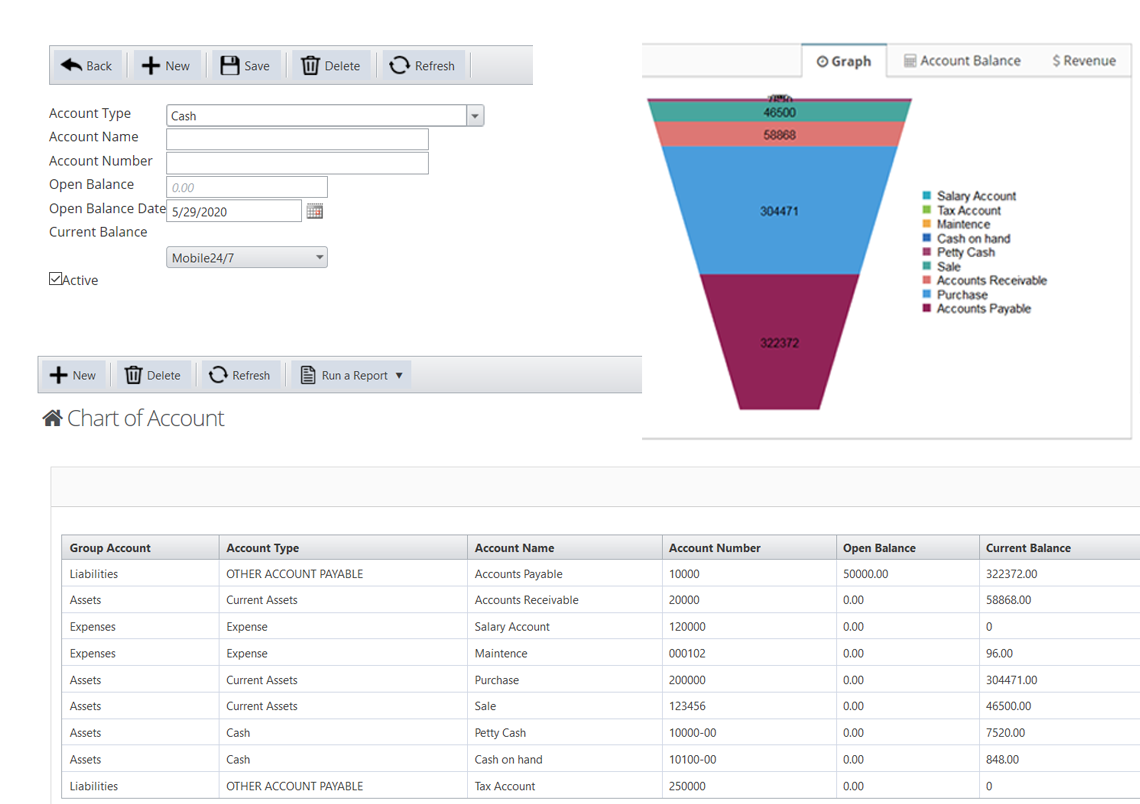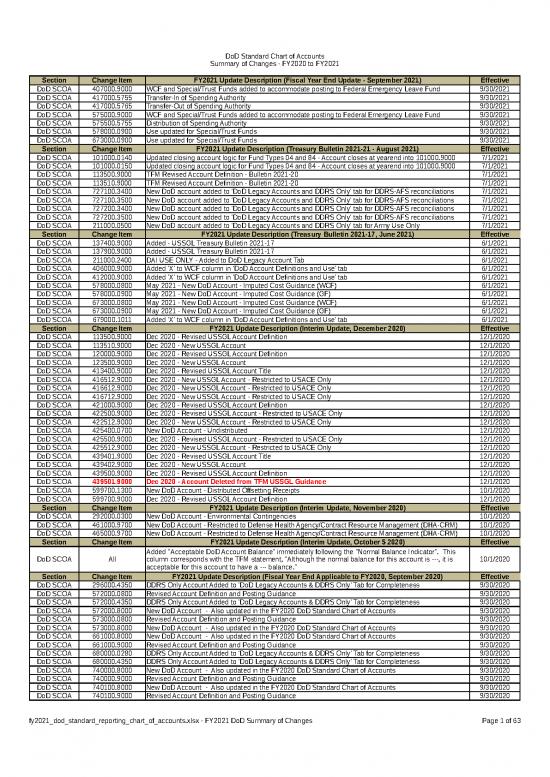
It’s safe to assume larger companies will typically have more transactions and accompanying GL accounts than smaller ones. Thus, a five-digit numbering system – rather than three or four-digits – gives a large company more room to break out detailed accounts. These could include accounts like COGS, depreciation on fixed assets, sales returns, common stock, and others that small business owners might not need, at least in such detail. When it’s time to either set up a new COA or improve an existing one, it’s important to remember the running theme you’ve seen up to this point – organization. Classifying your different types of transactions into set categories is the backbone of an effective COA and, thus, general ledger and financial statements. Now that we have the high-level information behind us, let’s roll up our sleeves a bit and zero in on building the ideal chart of accounts for your company.
Profit and Loss Dashboard Template
The account name is the given title of the business account you’re reporting on, such as bank fees, cash, taxes, etc. Expense accounts allow you to keep track of money that you no longer have, and represents any money that you’ve spent. For example, if you rent, the money will move from your cash account to a rent expense account.
PayPal Goods and Services: What a Business Should Know About These PayPal Payments
The group refers to the categorization of the account into one of the headings shown below. If you don’t have an account number in your records, or your account number is a part of your account name, you can delete this column from the template. You can import chart of accounts into QuickBooks Desktop from Excel files, or with a CSV file type. The Smartsheet platform makes it easy to plan, capture, manage, and report on work from anywhere, helping your team be more effective and get more done. Report on key metrics and get real-time visibility into work as it happens with roll-up reports, dashboards, and automated workflows built to keep your team connected and informed. List each invoice by ID number, date, customer name, description, and amount.

How Can I Create Chart of Accounts?
We often call the assets, liabiliies and equity accounts the balance sheet accounts, as they participate in forming a company’s balance sheet. The remaining revenue and expenses accounts fall into the profit and loss accounts, as they appear in this financial statement. The exact layout of the accounting chart of accounts is a matter of choice depending on the exact reporting requirements of the business. The important point to remember is not to over complicate the chart of accounts. Bookkeeping templates are documents that help you track and manage financial data and business performance. For small businesses, templates provide an easy way to record payments and expenses, generate financial statements, process payroll, and prepare for tax reporting.
- Double Entry Bookkeeping is here to provide you with free online information to help you learn and understand bookkeeping and introductory accounting.
- Now, according to the standard definition of a COA, it should focus on the many different accounts tying into your company’s general ledger.
- Classifying your different types of transactions into set categories is the backbone of an effective COA and, thus, general ledger and financial statements.
- List balances due, payments made, and supplier names, invoice numbers, and amounts.
How to make a journal entry in QuickBooks Online: Pro tips for accurate bookkeeping
The pay stub tab displays payment and withholdings for an individual employee, while the register lists employee job titles, salaries, vacation and sick allowance, and pay schedule. It also shows pre- and post-tax deductions, such as 401(k) contributions and insurance, and federal and state taxes. This timesheet template includes break time, regular and overtime hours, sick days, vacation time, and holidays. Enter the starting date for the week at the top of the template, and the dates will automatically populate the timesheet. For related templates, including those for reconciling petty cash and general ledger accounts, see our collection of free reconciliation templates. We’ve collected 23 of the top bookkeeping templates for small business owners.
Business Expense Template
Customers also receive an itemized list of charges and credits, including invoice numbers, dates, and amounts. The reports play a crucial role in both the monthly financial management and the annual financial review process. It is split between bank, income, direct costs, expenses, assets, liabilities and equity.
The template subtracts payments to show a running balance for each line item and displays the total amount due to all vendors at the top of the spreadsheet. In other words, it all starts with the chart of accounts, flows into the ledger accounts, and finally into your ERP unadjusted trial balance example purpose preparation errors system. Therefore, a well-formed and organized COA allows you to draw a direct line between a transaction and how it flows into your financial statements. If you’re unsure about what a reasonable target is, look at past financial statements, mainly the income statement.
Current liabilities are classified as any outstanding payments that are due within the year, while non-current or long-term liabilities are payments due more than a year from the date of the report. In manufacturing, the production process involves different stages, such as raw materials, work in progress, and finished goods. TYou can keep track of these stages with the Raw materials inventory, Work-in-progress inventory, and Finished goods inventory accounts, monitoring the value at each production step. Current liabilities are any outstanding payments that are due within the year, while non-current or long-term liabilities are payments due more than a year from the date of the report. If you’re ready to revamp your Chart of Accounts and immediately experience more actionable financial analyses, download our free template now. Take it one step further and split out your labor costs between departments to compare your investments in labor in different areas of the business.
Changes – It’s inevitable that you will need to add accounts to your chart in the future, but don’t drastically change the numbering structure and total number of accounts in the future. A big change will make it difficult to compare accounting record between these years. There are many different ways to structure a chart of accounts, but the important thing to remember is that simplicity is key.
The UK operates similarly to other countries in many respects; however, one notable distinction lies in the VAT (Value Added Tax) rates. You can enter the VAT rates when setting up nominal codes for financial transactions in the UK. Current Assets – A business can quickly convert these assets to cash and include bank, cash and accounts receivable. Some packages ask for the business’s industry when setting up the software.

